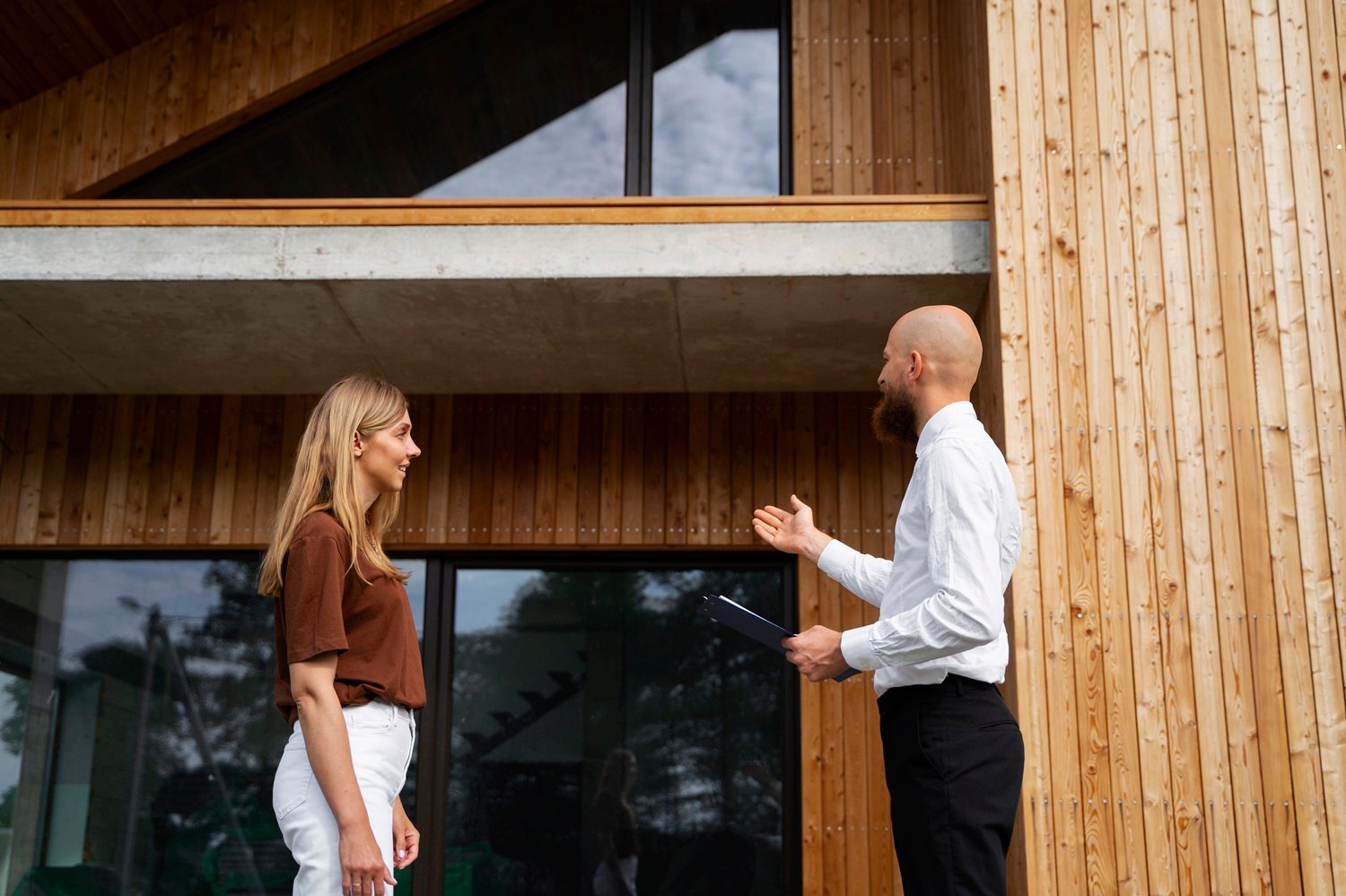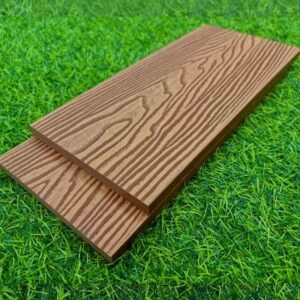Subtotal: $38.00

The Ultimate Guide to External Cladding: Enhance, Protect and Modernise Your Property Leave a comment
When it comes to protecting and enhancing the appearance of a building, few solutions offer the versatility and performance of external cladding. Whether you’re constructing a new home, renovating an existing property, or working on a commercial project, choosing the right cladding is crucial for long-term durability, weather resistance, and aesthetic appeal.
Cladding is an outer layer applied to a building’s exterior walls to provide weather protection, thermal insulation, and aesthetic appeal. It acts as a protective “skin” for the structure, shielding it from rain and wind while also enhancing its appearance and potentially offering benefits like noise control and improved fire resistance, depending on the material used. Common cladding materials include timber, fibre cement, metal, stone, and vinyl.
What Is External Cladding?
External cladding refers to the layer of material applied to the outside of a building to protect it from the elements and improve its appearance. It acts as a shield against wind, rain, UV rays, and extreme temperatures, while also offering insulation benefits and boosting the building’s visual impact.
Available in a wide range of materials including timber, metal, fibre cement, vinyl, and composite panels external cladding can be tailored to suit both traditional and contemporary design preferences.
Why External Cladding Matters – Functions of Cladding
In Australia’s diverse climate, from coastal humidity to arid inland heat, external cladding plays a critical role in maintaining the structural integrity of a building. Here are just a few reasons why it matters:
- Weather Resistance: The primary purpose of cladding is to protect the building from harsh elements such as wind, rain, and UV exposure.
- Thermal Insulation: Some cladding systems can improve the building’s energy efficiency by providing thermal insulation, which helps regulate indoor temperatures.
- Aesthetic Improvement: Cladding offers a versatile way to enhance a building’s visual appeal, allowing for a wide range of colours, textures, and finishes to suit different architectural styles.
- Noise Control: Cladding can also contribute to better sound insulation, reducing the amount of noise that enters the building.
- Fire Resistance: Certain cladding materials are designed for fire resistance, while others, like some aluminium composite panels or expanded polystyrene, can increase the spread of fire and pose a risk, according to Vic Gov.
Related Post: Transform Your Home’s Exterior with Modern External Wall Cladding
Types of External Cladding Available in Melbourne
Australia’s building codes and climate demands have driven innovation in cladding materials. Here are some of the most popular types:
- Fibre Cement Cladding
Known for its fire resistance and durability, fibre cement is an excellent choice for bushfire-prone regions. It mimics the look of timber but resists warping, pests, and moisture.
- Timber Cladding
Ideal for natural, warm aesthetics, timber cladding suits both modern and rustic styles. Sustainably sourced timber is increasingly popular, but it does require regular sealing or painting.
- Aluminium and Metal Cladding
Lightweight, corrosion-resistant, and sleek in design, metal cladding is perfect for contemporary commercial and residential projects.
- Vinyl Cladding
A cost-effective and low-maintenance solution, vinyl is easy to install and available in a range of colours and profiles.
- Composite Cladding
Made from a mix of recycled materials, composite options are eco-friendly and engineered for superior durability.
Common Cladding Materials
- Timber/Weatherboard: A classic, timeless material with natural appeal, though it can require maintenance.
- Fibre Cement: A durable and long-lasting material that is resistant to moisture, termites, and fire.
- Metal: Materials like aluminium are used for their durability and ability to create modern aesthetics.
- Stone: Offers a sense of sophistication and can provide a grounded, natural look.
- Vinyl: A common and affordable option for residential cladding.
- Composite Boards: These combine materials such as recycled timber waste, plastic, and mineral fillers, offering low maintenance and a realistic wood look, according to keksia and YourHome.
Choosing the Right Cladding for Your Project
The best external cladding for your project depends on several factors, including:
- Climate zone
- Architectural style
- Fire rating requirements
- Budget
- Maintenance expectations
It’s important to work with trusted suppliers and ensure installation complies with the Australian National Construction Code (NCC) and local council regulations.
External Cladding Trends in 2025
At ProThings, we’re seeing strong demand for sustainable and fire-rated cladding options. Homeowners and builders alike are opting for products that combine high performance with modern design—think matte finishes, vertical cladding profiles, and mixed materials.
Innovative systems like ventilated facades and integrated insulation panels are also growing in popularity as Australians prioritise energy efficiency and low-carbon construction.
Shop High-Quality External Cladding at ProThings
Whether you’re a builder, architect, or savvy homeowner, ProThings is your trusted source for premium external cladding products in Australia. We stock a curated range of cladding systems that meet Australian standards, are easy to install, and offer long-lasting performance.
Need help choosing the right cladding? Our team of building professionals is here to assist with product recommendations, compliance information, and delivery Australia-wide.


 3D Empossed Composite Fascia Board
3D Empossed Composite Fascia Board